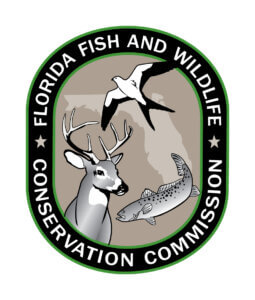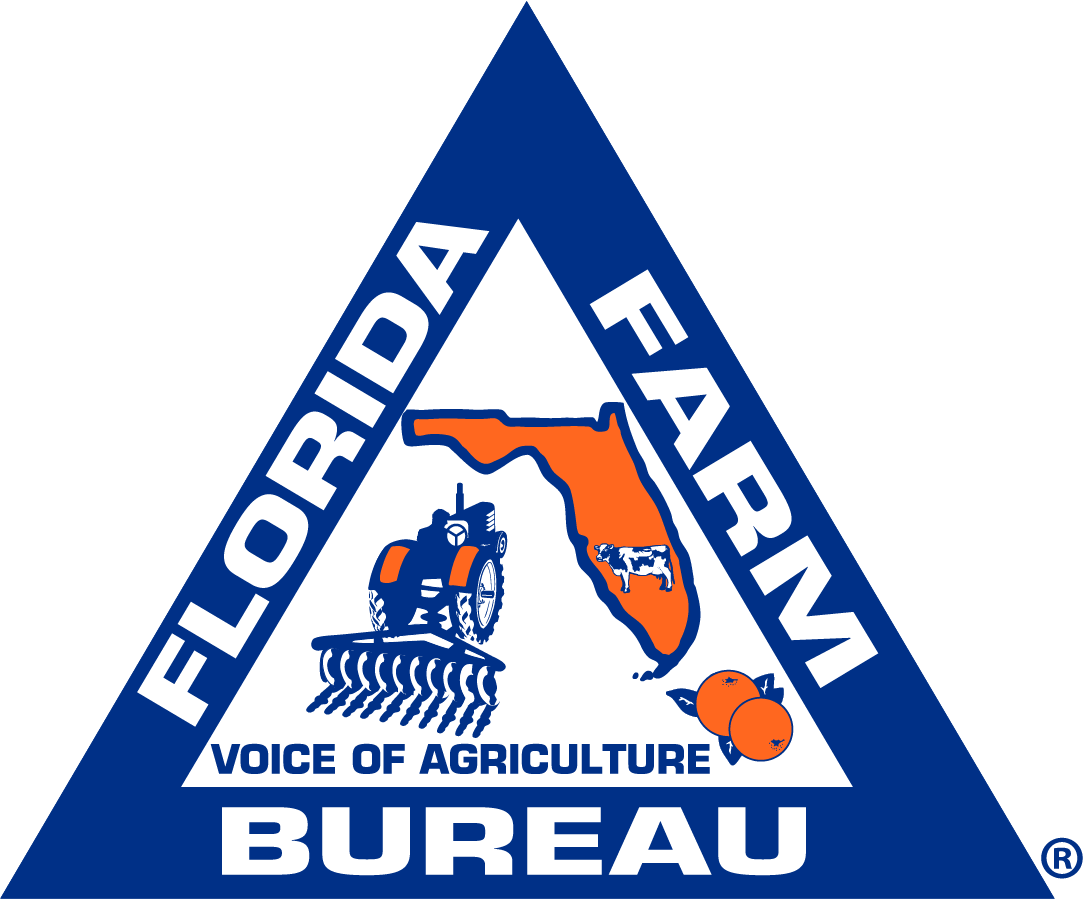October 2024 FloridAgriculture eNewsletter
 Landowners who maintain and improve Florida panther habitat of high conservation priority on their property may be eligible for rewards. Landowners within the following counties are eligible for participation: Broward, Charlotte, Collier, DeSoto, Glades, Hardee, Hendry, Highlands, Hillsborough, Lee, Manatee, Miami-Dade, Monroe, Okeechobee, Osceola, Polk and Sarasota.
Landowners who maintain and improve Florida panther habitat of high conservation priority on their property may be eligible for rewards. Landowners within the following counties are eligible for participation: Broward, Charlotte, Collier, DeSoto, Glades, Hardee, Hendry, Highlands, Hillsborough, Lee, Manatee, Miami-Dade, Monroe, Okeechobee, Osceola, Polk and Sarasota.
The FWC is providing annual payments to landowners who have Florida panther habitat of high conservation priority. Enrollment is voluntary and competitive based on the location, amount, and quality of panther habitat provided as well as available funding. Optional opportunities are available for landowners to coordinate with the FWC to monitor panthers on their property and receive additional payments for evidence of panther use. Information is also being offered on land management techniques to benefit wildlife, livestock depredation mitigation, and other topics.
The program benefits both private landowners and the panther population by providing per-acre payments for habitat conditions that support panther conservation and landscape connectivity. While Florida panthers are the primary focus of the program, it will provide benefits to varied species, such as white-tailed deer, Florida black bears, and others that depend on the mosaic of habitats used by panthers.
Click here for FWC’s Landowner Guide detailing program requirements, eligibility, payment rates, bonus payment opportunities, monitoring requirements, and more.
For additional information about the program, click here or contact Jake Fojtik for additional information.
Additional Resources:
Panther PES Brochure
Landowner Guide PES
Fillable Panther PES Application
FWC Panther PES FAQs

